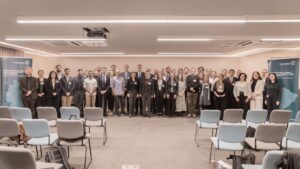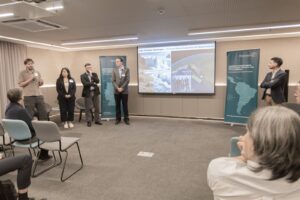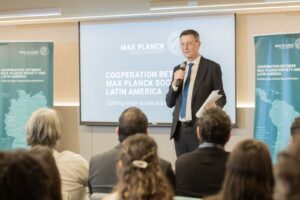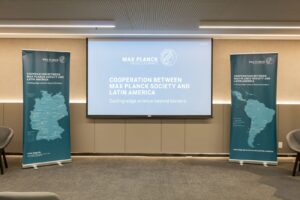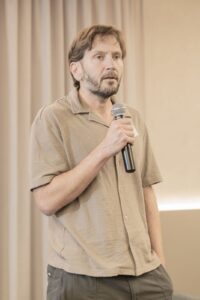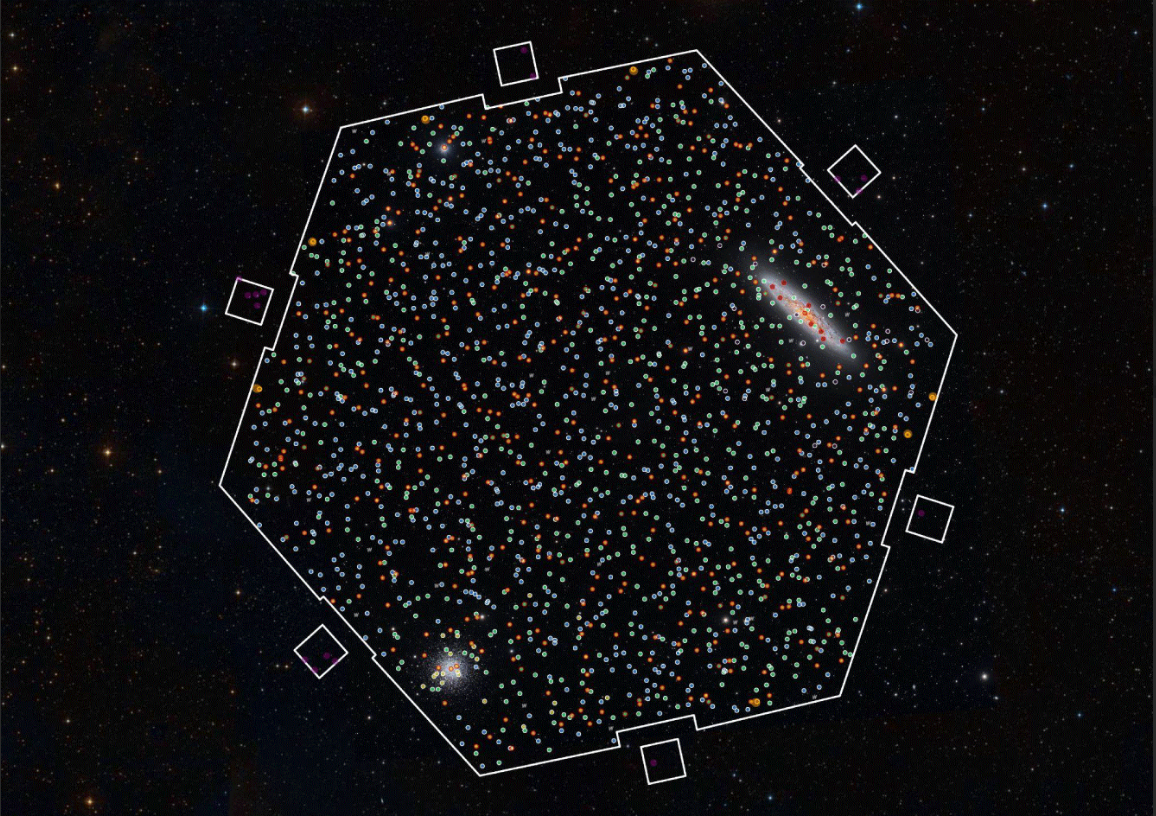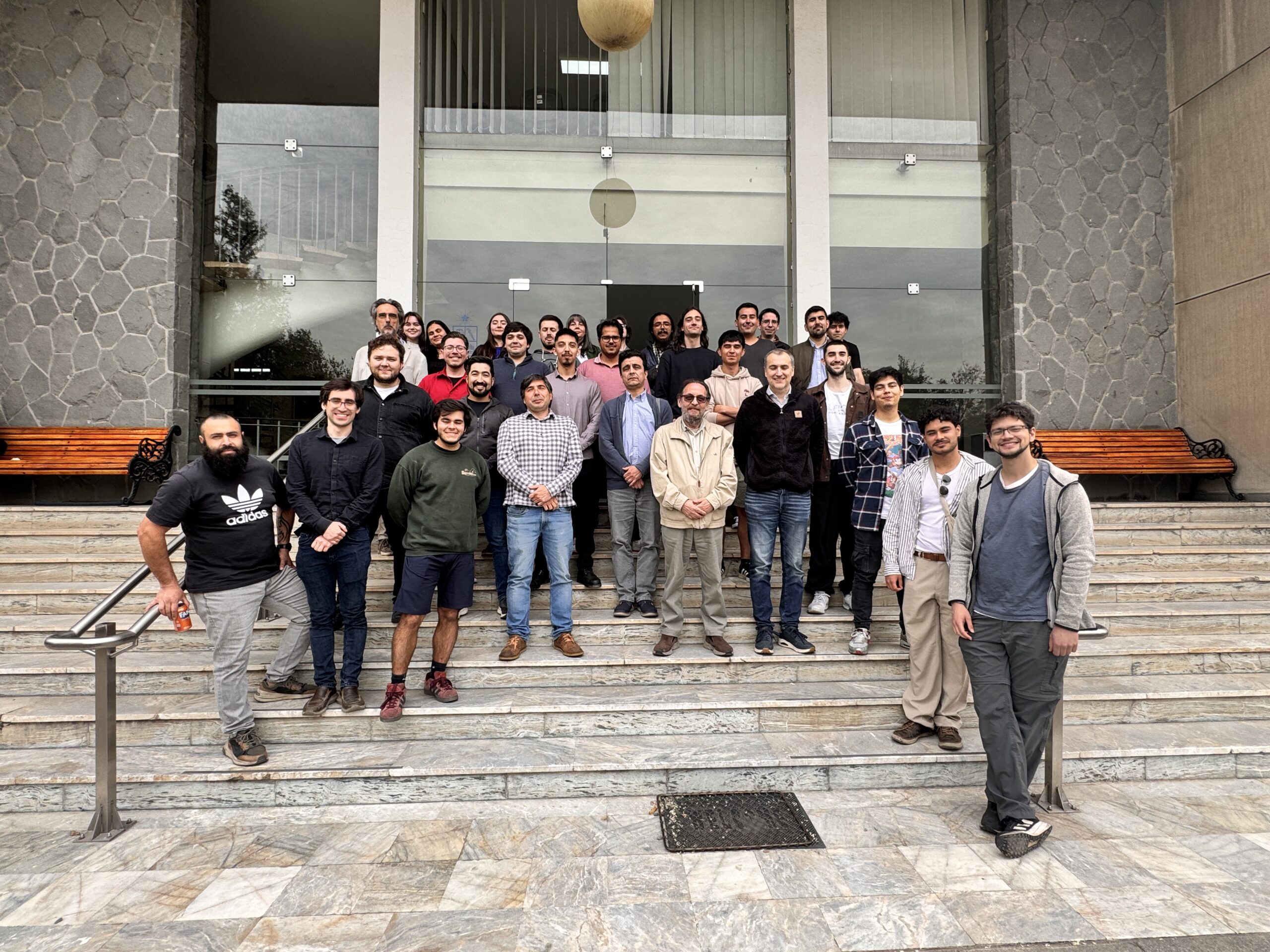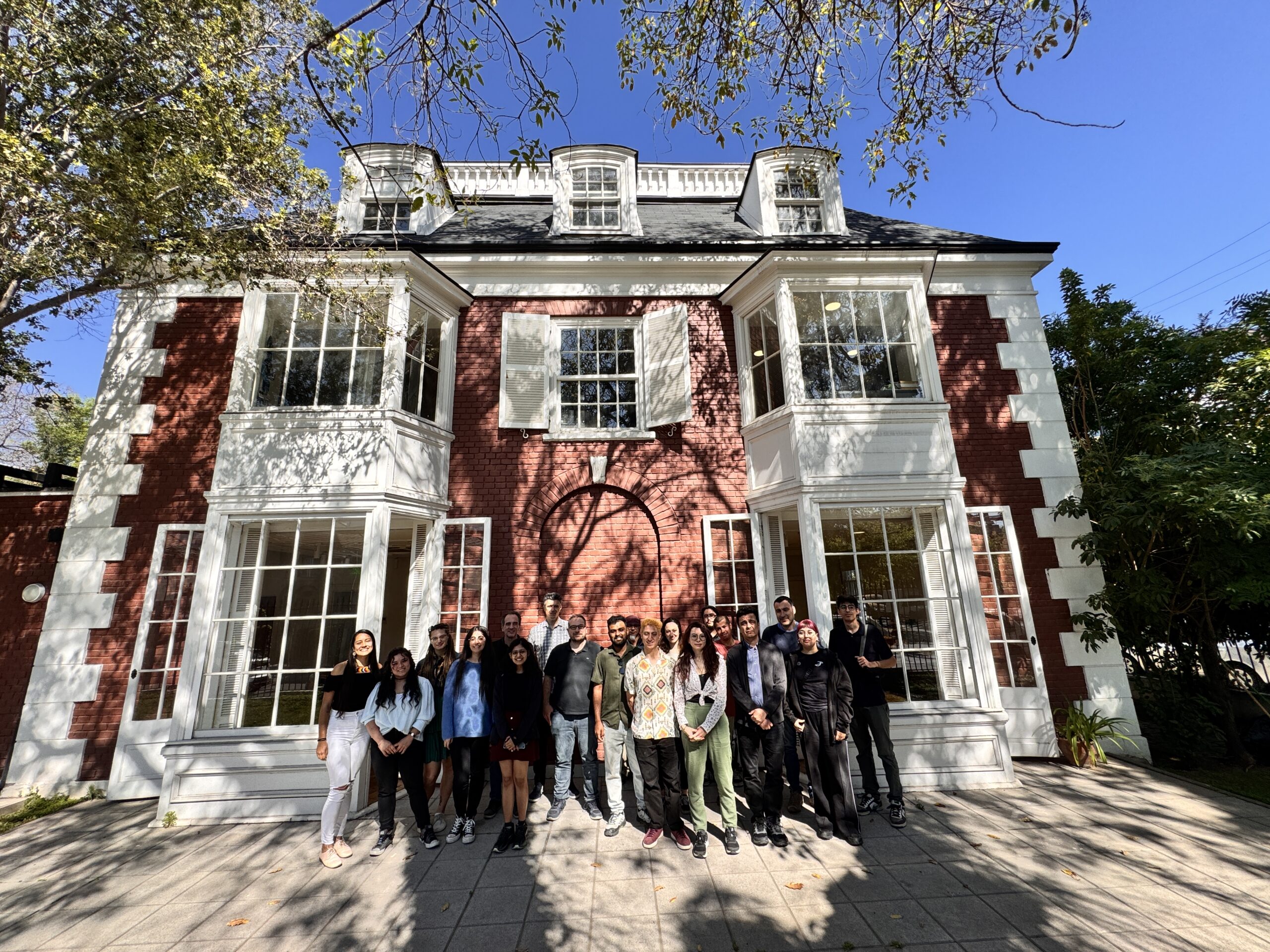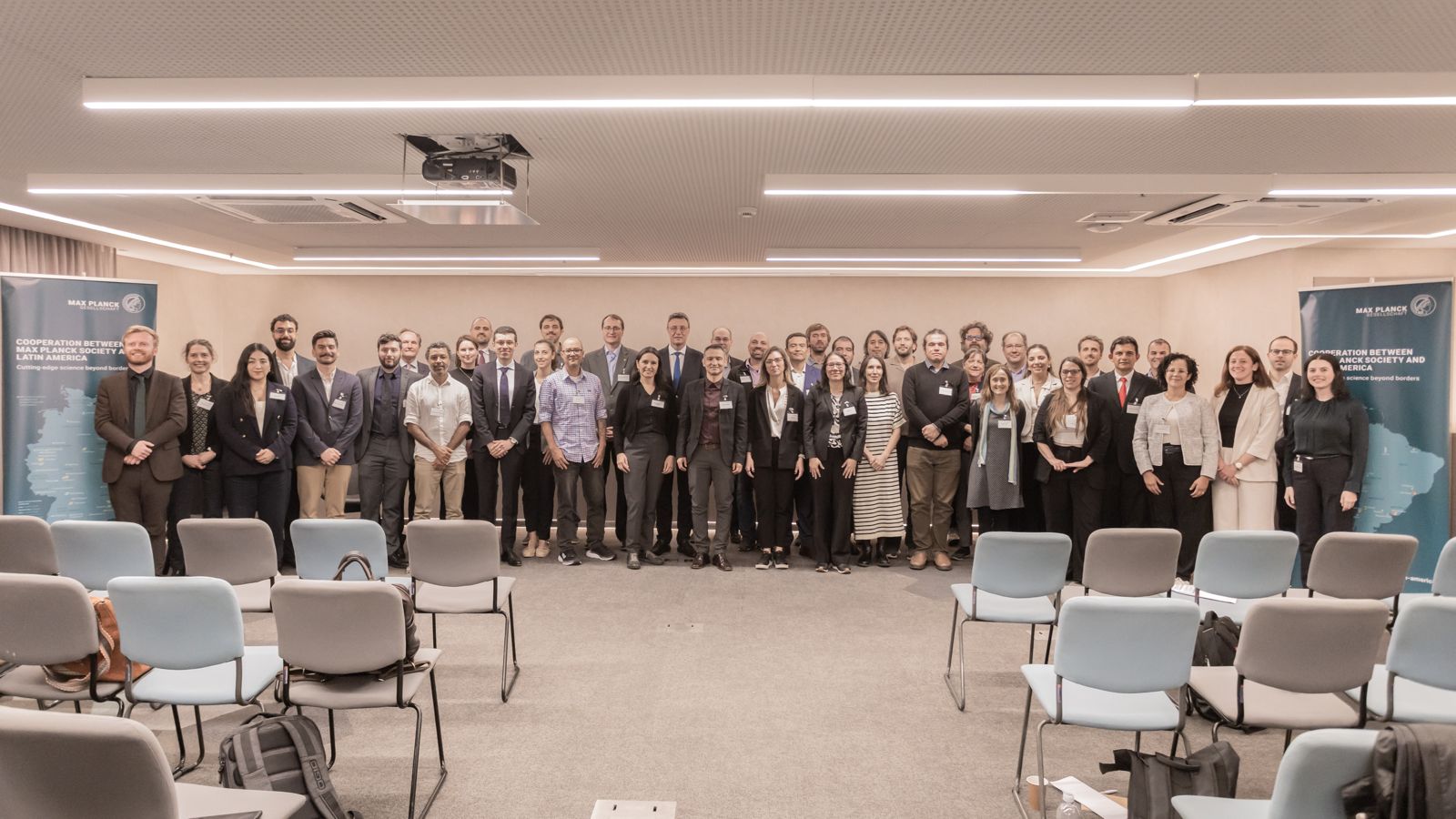
CATA researcher participated in Max Planck regional meeting in Brazil
The event was marked by the first visit to Latin America by Patrick Cramer, President of the Max Planck Society (MPG).
Dr. Facundo Gómez, Associate Researcher at the Center for Astrophysics and Associated Technologies (CATA) (ANID Basal Center) and academic at the University of La Serena (ULS), recently participated in the Regional Meeting of Max Planck Group Leaders, held in São Paulo, Brazil.
The meeting took place during the visit of Professor Patrick Cramer, President of the Max Planck Society (MPG), marking a milestone as it was the first time that the highest authority of this institution had made such a visit to the southern region, also highlighting the reactivation of the activities of the Society’s Latin American Representation.
The event brought together leaders from the Partner Groups and Tandem Groups of the Southern Cone to discuss progress in different lines of research, share the groups’ experiences, strengthen the network of contacts, identify possible synergies, and discuss tools that would enable deeper scientific cooperation in the region.
“It was an opportunity to discuss advances in different lines of research and discuss tools that will enable deeper scientific cooperation in the region,” said Facundo Gómez, who led the MPA-ULS Partner Group, a formal collaboration between the University of La Serena and the Max Planck Institute for Astrophysics (MPA) in Munich, between 2018 and 2025.
The researcher emphasized that this collaboration has had a positive impact on our Center and the ULS. “The students and postdoctoral fellows affiliated with CATA benefited from this partnership. Antonela Monachesi (Principal Investigator at CATA and ULS academic) was also part of the Partner Group. Therefore, the center benefits not only from direct interaction with MPA researchers, but also from collaborations that arise within the Center’s Cosmology and Galaxy Formation Area.”
The astronomer also stated that he is discussing with the MPG, the MPA, and the ULS the possibility of formally extending this collaboration through the creation of a Tandem Group, where he emphasized the role of the Center through its researchers.
Several members of our CATA research area have close and long-standing collaborations with researchers at the MPA. Maintaining these types of formal links is one of the potential avenues for keeping these collaborations active. The MPA specializes in topics related to numerical astrophysics, extragalactic astrophysics, etc., which is key to the objectives of the area.
Finally, the ULS academic praised the importance of President Patrick Cramer’s visit to the region, highlighting that “it reflects the Max Planck Society’s interest in strengthening its ties with Latin America and recognizing the work of researchers who, after having been part of the institution, continue to promote science from local universities and centers,” concluded Facundo Gómez.
Recent news
-
 Publicado el: 12/12/2025Call for applications for the CATA Emprende 2026 program now open
Publicado el: 12/12/2025Call for applications for the CATA Emprende 2026 program now open -
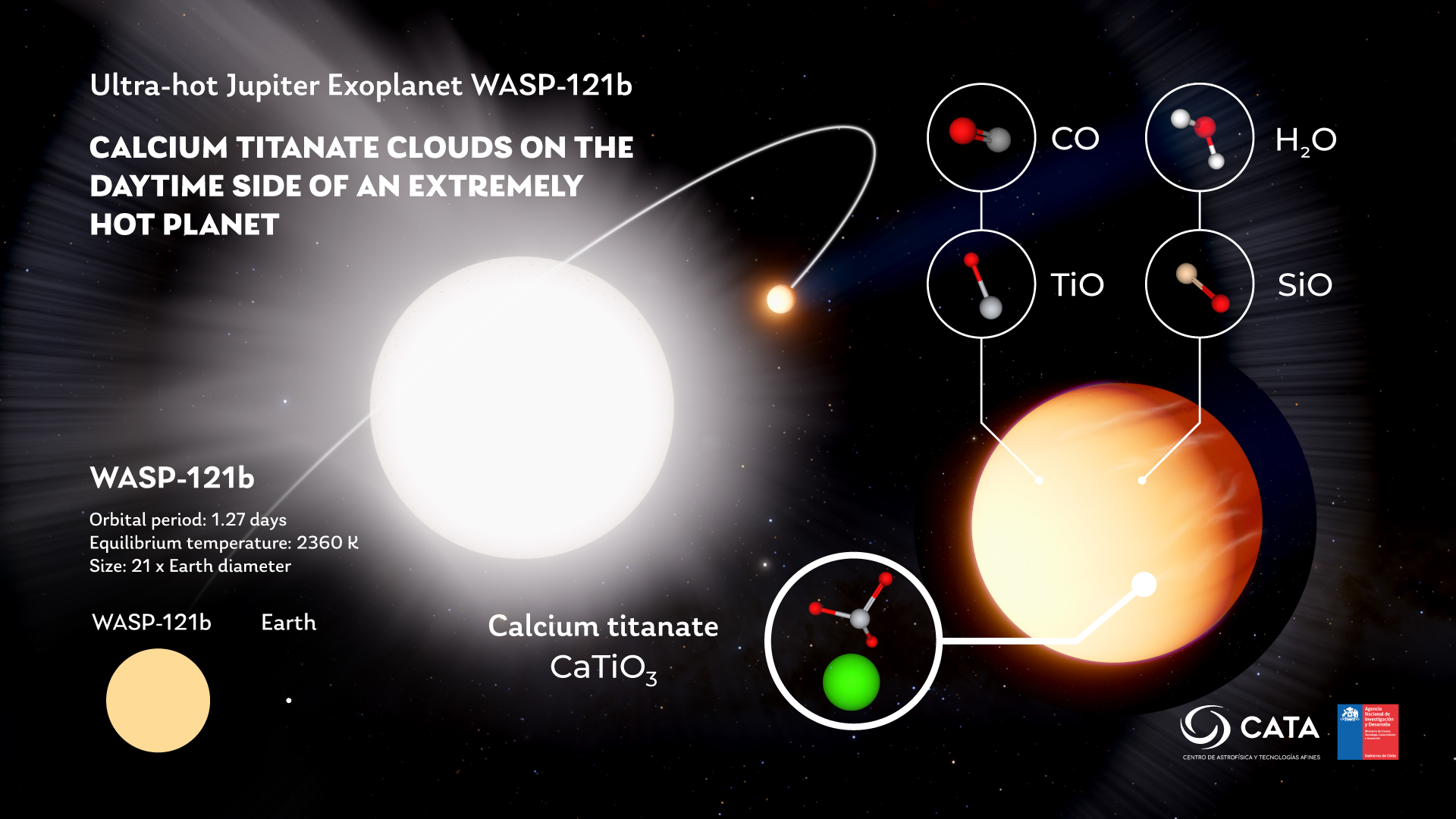 Publicado el: 09/12/2025CATA researchers detect titanate clouds on ultra-hot exoplanet
Publicado el: 09/12/2025CATA researchers detect titanate clouds on ultra-hot exoplanet -
 Publicado el: 05/12/2025CATA launches Applied Research Fund 2026
Publicado el: 05/12/2025CATA launches Applied Research Fund 2026 -
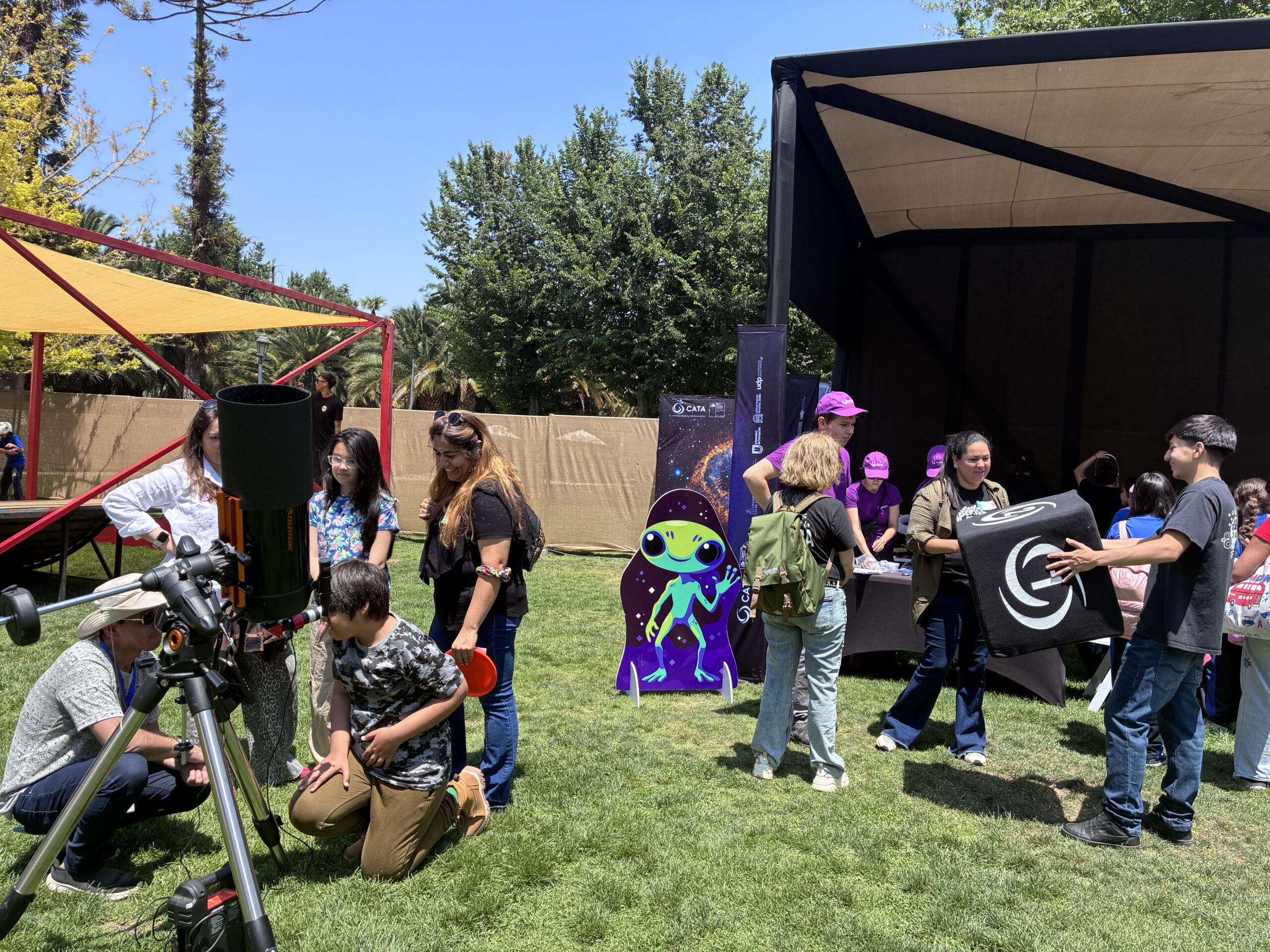 Publicado el: 01/12/2025The astronomical experience was part of the 4th Ladera Sur Festival.
Publicado el: 01/12/2025The astronomical experience was part of the 4th Ladera Sur Festival. -
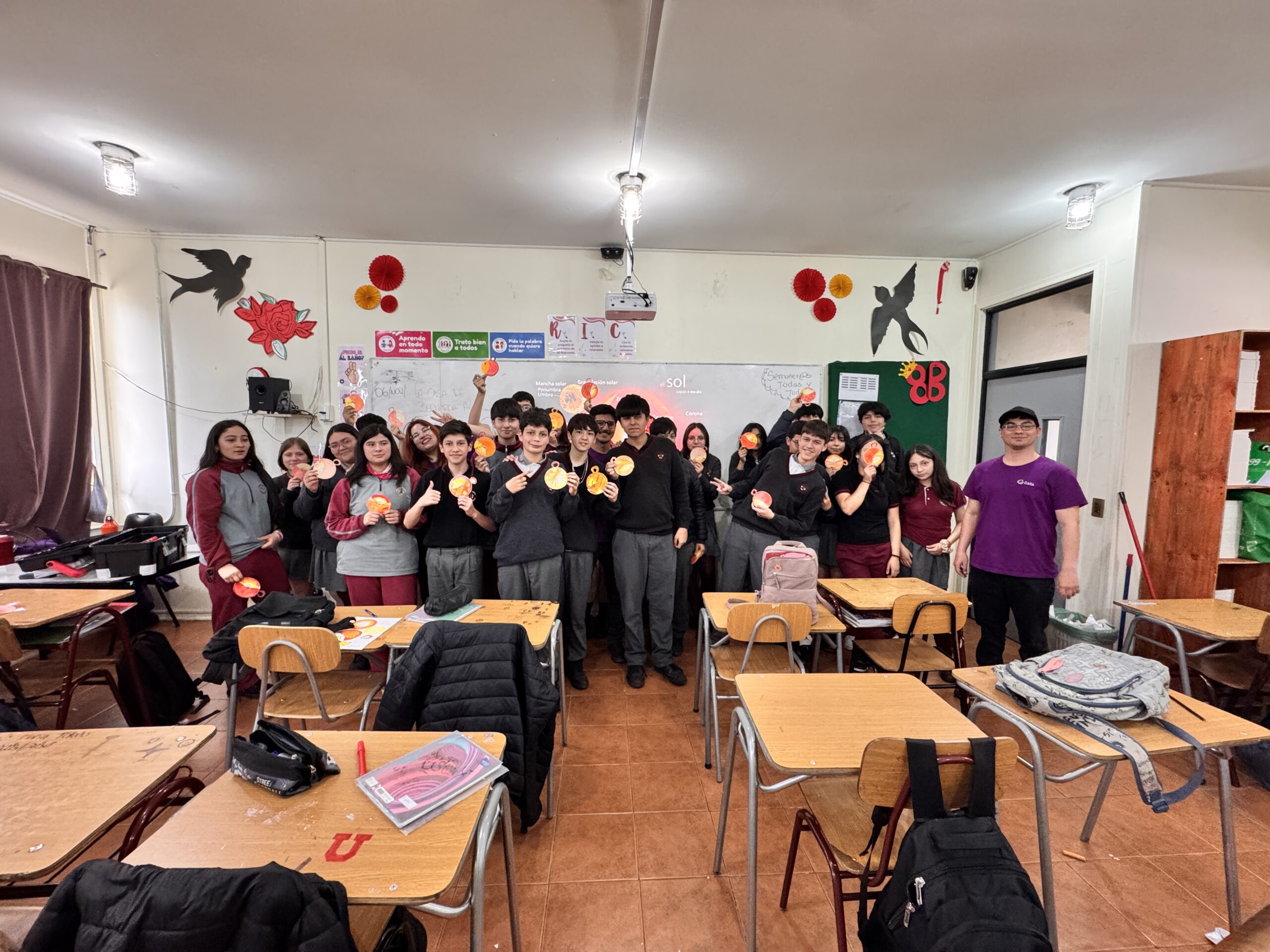 Publicado el: 25/11/2025Students from Angol held an astronomy workshop with CATA
Publicado el: 25/11/2025Students from Angol held an astronomy workshop with CATA
Categories list
- Acknowledgments 21
- Astrobiology 6
- AstroCluster 1
- Black holes 18
- Corporativo 57
- Cosmology 5
- Descubrimientos 23
- Disclosure 73
- Exoplanets 14
- Extension 6
- Galaxies 21
- Galaxies formation 5
- Inter y Transdisciplina 4
- Local Universe 16
- Publications 6
- Sin categorizar 34
- Solar System 21
- Stellar formation 8
- Technology 16
- Technology Transfer 18
